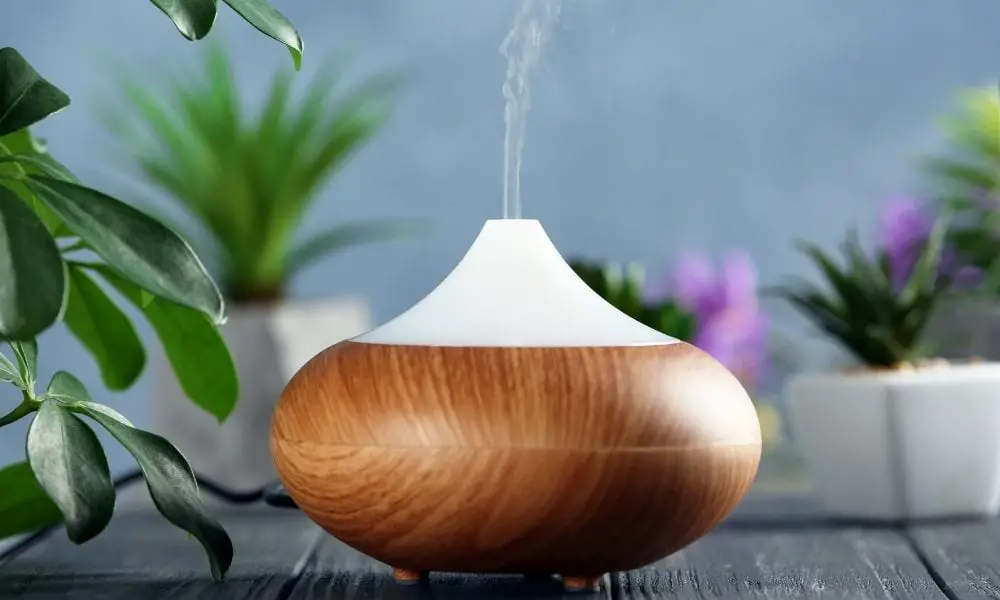

Writer Stephen King once said, “everything old is new again.” If there’s anything that we can apply that quote to, it’s the art of aromatherapy. Adding a few drops of essential oils to a diffuser is often seen as a modern phenomenon. However, this “new practice” is actually thousands of years old. To better appreciate the way it’s wafted through human civilization, we have compiled a brief history of aromatherapy.
Some of the earliest uses of aromatherapy are linked to the ancient Indian medical tradition of Ayurveda around 5,000 years ago. This practice focuses on bringing the body back into harmony with its surroundings and is still practiced to this day. The use of fragrant plants is written about in several ancient texts related to Ayurveda, such as Sushruta Samhita and Charaka Samhita.
According to legend, Emperor Huangdi, or The Yellow Emperor, was said to have penned the Huangdi Neijing in approximately 2600 BC. This treatise, also called The Yellow Emperor’s Classic of Internal Medicine, contains the medicinal properties of hundreds of plants and is still used today. With this knowledge, they combined aromatic plants with other ancient medicinal forms such as massage and acupressure.
Around the same time, the ancient Egyptians were capitalizing on aromatic plants for multiple uses. They used frankincense, myrrh, juniper, cinnamon, and cedarwood for medicine, incense, and embalming. It was in this part of the world that we began to see using aromatic plants for cosmetic purposes such as perfumes and balms.
Since Egypt became part of the ancient Grecco-Roman empire, it makes sense that the history of aromatherapy would travel next in this direction. Along with the cosmetic uses, the Egyptian medical practices related to aromatics were furthered in Greece. Hippocrates, who many consider to be “the father of medicine,” recognized that burning certain plants could help prevent illness and recommended taking aromatic baths to improve health.
Recent studies suggest that the process of distilling to create essential oils had been practiced to some extent since aromatherapy’s birth. But it wasn’t until approximately 1000 AD that Persian polymath Ibna Sina perfected the art. This distillation method is still used today, though many essential oil makers now prefer ethanol extraction to steam distillation.
As the story goes, in 1910, French chemist René-Maurice Gattefossé was working in the laboratory of his family’s cosmetics company. After an accident in the lab burnt his hand and became infected, he applied lavender essential oils to the wound. From here, the wound healed, further revealing the medicinal effects of essential oils. For this reason, Gattefossé is considered the “father of aromatherapy.”
Additional Resources:
Cannabis
CBD Gummies
Kratom
CBD Massage Oil
CBD Salve
A business can develop in many ways. One of the best ways to grow your…
American families are once again juggling the seasonal custom—and financial burden—of back-to-school shopping as the…
Want to bond over unexpected activities? Look at these unconventional ways to connect with your…
Burnout isn’t just something that happens to CEOs. For moms homeschooling littles, it’s a very…
When it comes to long-distance motorcycling, comfort, reliability, and smart engineering can make or break…
Flowers have seen significant transformation over time; online flower shopping is increasingly common now for…